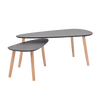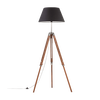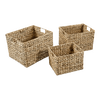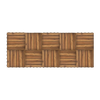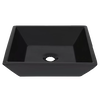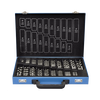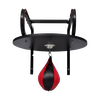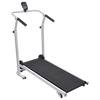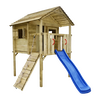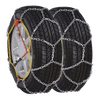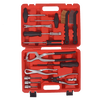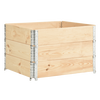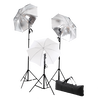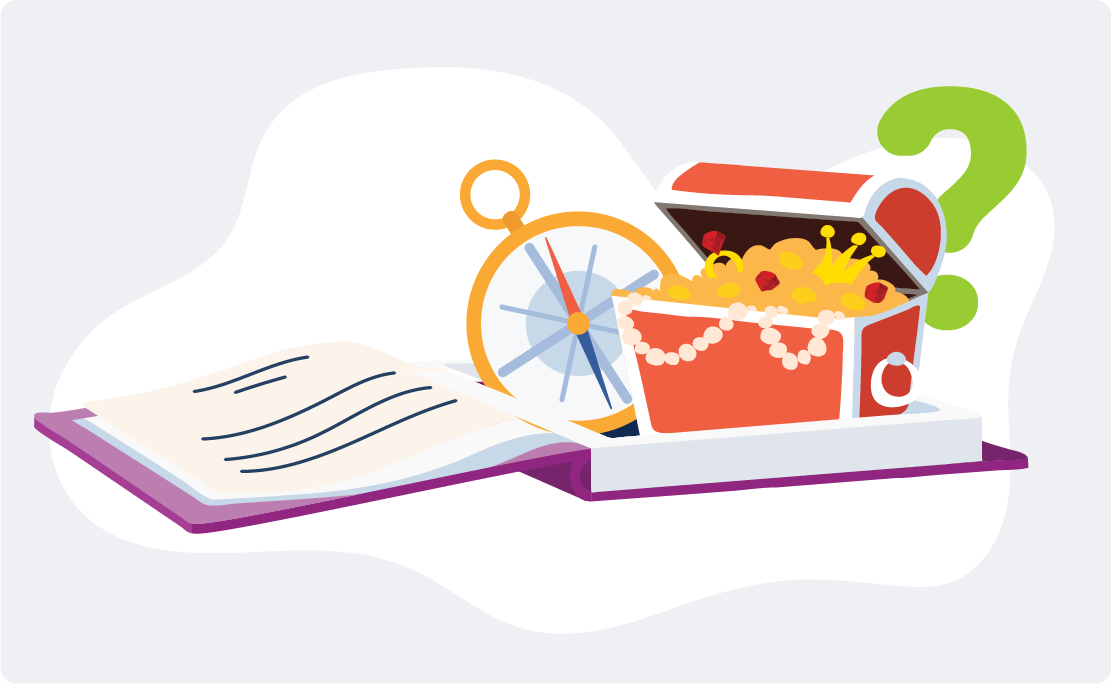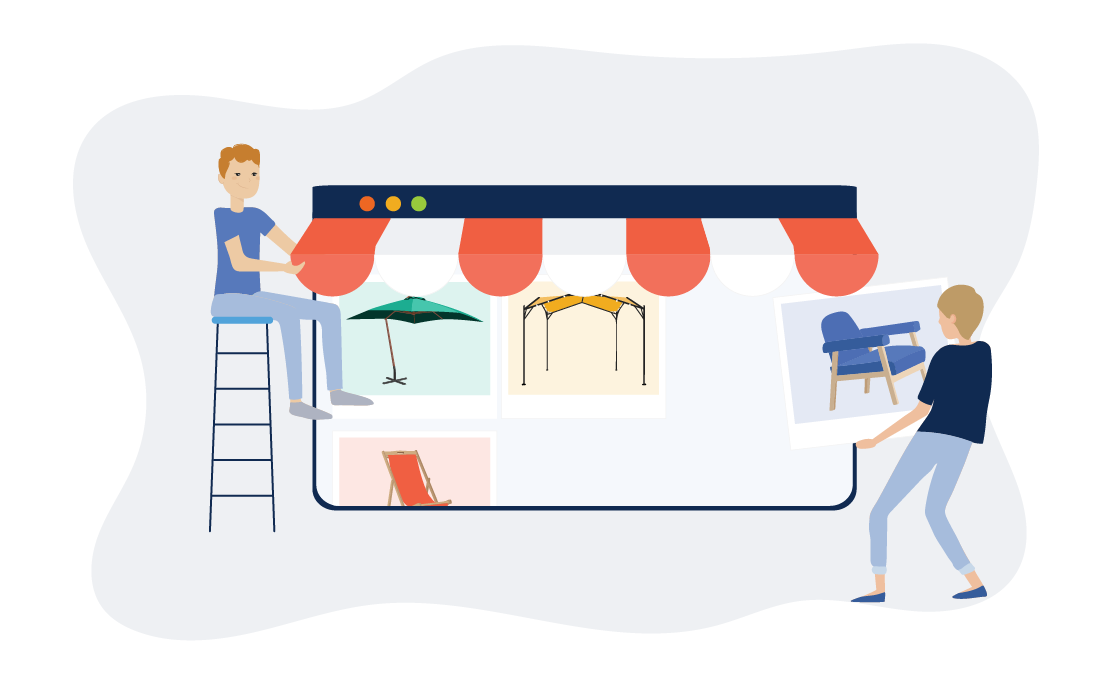First and foremost, research needs to be your priority when putting together your dropshipping business plan. This is the same principle when you start any business, online or offline. The research stage will help you find out
how the competition is, which market niche to choose, and which customers to sell to. There will always be some risk involved, as no business idea is guaranteed without any bumps along the way, but putting in research will help
you have more knowledge of the business landscape you want to join.
Competitive research
Once you have found a niche you want to explore, you will want to check how saturated the market is. Don't be disheartened if there is a lot of competition, as the aim is to find a gap in the market and differentiate yourself.
For example, you might notice that in the niche of baby products, there aren't many eCommerce websites in your country selling a certain brand or perhaps you want to stand out with only non-plastic toys and accessories.
Online tools
There are some amazing free online tools to take advantage of. We recommend SimilarWeb, SEMRush, and Moz to find information about company websites and where they rank on Google. Data you can easily access includes how their
website ranks globally, how their website ranks by country, how they rank in their product category, plus traffic and engagement rates.
Google search
A search on Google will show you who lists the highest in Google's search engine results page. Your top competitors to watch out for will rank on the first page on Google. Check the paid adverts to see which companies have an
advertising campaign and which keywords they are using. To find variations of the keywords you are interested in, try the free KeywordsFX tool. This information is also useful to help you with your marketing ideas further down
the line.
Search social media
An easy way to check the competition is to search on the top social media platforms. Take a look at their social media engagement, how big their following is, and the hashtags they are using. Again, take note of the paid adverts
to see who has advertising campaigns on Facebook and Instagram, the keywords they have targeted, and the style of their content.
With this information, draw up a list of your competitor's strengths and weaknesses to help you spot opportunities.
Find a supplier
Deciding on a reputable dropshipping supplier is the next important step in your research. Now that you have a niche and product range in mind, you can search for the wholesalers that will provide the stock and order fulfilment.
Google search
An extensive search on Google will bring up some suppliers based on your product keywords. To make it less time consuming, you can use these tips for getting more relevant search results:
Use quotation marks to search for your keywords in the exact order you wrote it, e.g. "elevated pet bowls"
Use a minus symbol to exclude words you don't want to search, e.g. garden bench -wood (to find garden benches that aren't made of wood)
Use a tilde (~) to search for a keyword and its synonyms, e.g. bathroom ~sink
Use two dots to search for a range, e.g. wardrobe €40..€100 will find wardrobes in the price range of €40 and €100
Find results from a particular country by using the word "site:" and the country code, e.g. site:ES garden furniture (this will find garden furniture content only from Spain)
Try using the advanced search setting on Google for a step-by-step method of the tips above
Make use of the search tools on Google to filter results based on when they were published online
Supplier directories
These can be found by searching on Google for a supplier directory. There are many articles with updated lists of suppliers that run a dropshipping programme so it's worth checking to see which companies might interest you. Most
of these articles are free but there are some directories that are part of paid services such as Shopify and Oberlo that require you to be a member.
A useful article to read:
Wholesale vs. dropshipping: How to choose
Take a course
If after this research stage you feel as though you would like to improve your understanding of eCommerce and marketing, there are free and paid courses online. We have rounded up a selection of trustworthy course providers for
you to consider. You could complete one of the courses before you set up your dropshipping business or learn as you go if you already have substantial knowledge.
Find a course:
Best eCommerce courses for entrepreneurs





